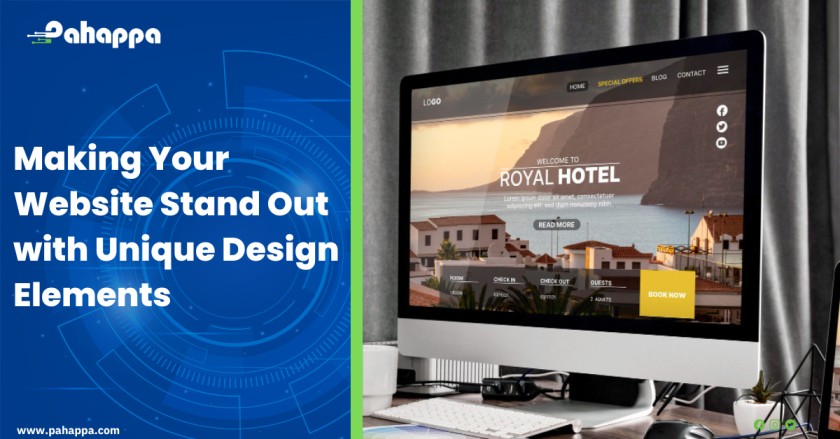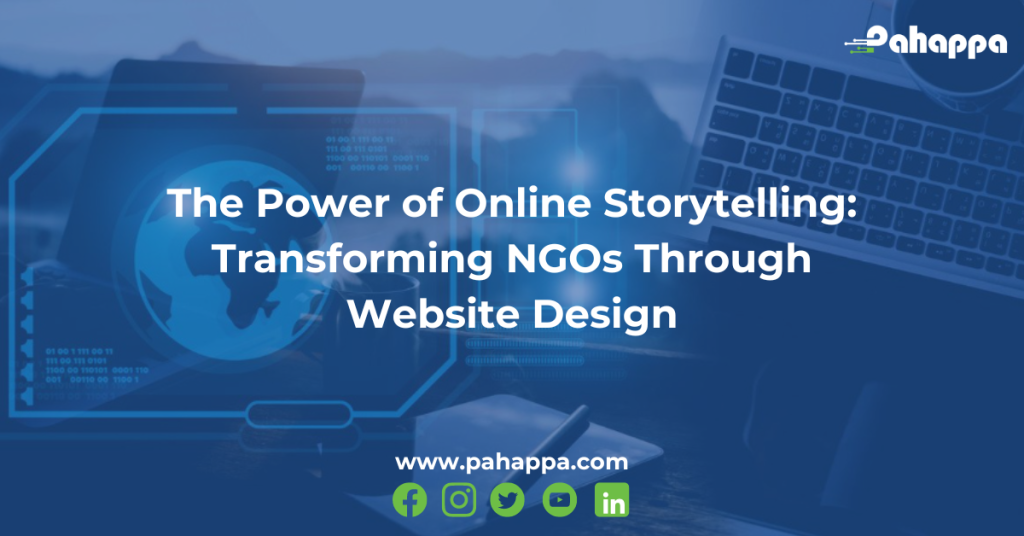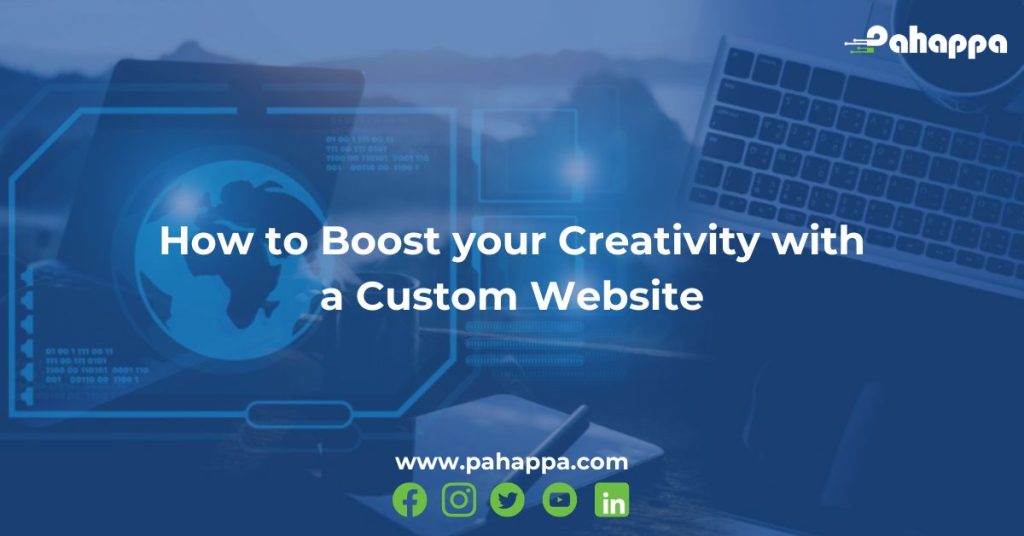Your website is the face of your business in the online world. It’s the first point of contact for many potential customers, and it’s crucial that it makes a good impression. But with so many websites out there, it can be challenging to make yours stand out. One effective way to achieve this is by incorporating unique design elements into your website. These elements can help to differentiate your website from competitors, establish a strong brand identity, enhance the user experience, improve accessibility, and optimize functionality. In this article, we explore the world of unique design elements and explore how they can make your website shine in the crowded online marketplace
What are Unique Design elements?
Unique design elements in websites are creative and innovative visual features that make a website stand out from the competition. These design elements can include anything from custom fonts and color schemes to animations and illustrations. They are designed to capture the user’s attention, make the website more engaging, and create a memorable experience that encourages them to return
Examples of Unique Design elements
Custom typography
Typography refers to the use of fonts and text in the design. Using custom fonts that are unique to the website can help to create a visual identity that is distinct from other websites
Creative use of color
Color can be used to evoke emotions and convey messages to the user. Using a creative color palette, such as using bold or unexpected color combinations, can help to create a distinctive and memorable website.
Animations
Animations can be used to add movement and interactivity to a website. They can range from small, subtle animations to more complex, dynamic animations. Animations can help to draw attention to important elements of the website and create a sense of fun and engagement
Illustrations and graphics
Illustrations and graphics can add personality and creativity to a website. They can be used to tell a story, convey a message, or simply add visual interest. Custom illustrations and graphics can help to create a unique visual identity for a website
Responsive design
Responsive design refers to the ability of a website to adapt to different devices and screen sizes. A website that is responsive will look and function well on a desktop computer, tablet, or mobile phone. A website with a responsive design can provide a unique user experience by optimizing the website for each device
User-generated content
User-generated content refers to content created by users of a website, such as reviews, ratings, and social media posts. Incorporating user-generated content into a website can help to create a sense of community and authenticity. User-generated content can also be used to highlight popular products or showcase real-world examples of how a product is being used.
Importance of Unique Design Elements
Differentiation
In today’s highly competitive online landscape, it’s essential for websites to stand out from the crowd. By incorporating unique design elements, a website can differentiate itself from competitors and create a memorable impression on visitors. This can lead to increased traffic, higher engagement, and better conversion rates. Unique design elements can also help to establish a brand identity that is recognizable and associated with the products or services being offered.
Branding
Consistency is key when it comes to branding. By using consistent fonts, colors, and visual elements across a website, a business can create a recognizable brand that is associated with its products or services. Unique design elements can be used to create a distinctive visual identity that reflects the values and personality of the brand. This can help to establish a strong brand image that resonates with customers and fosters brand loyalty.
User experience
Unique design elements can enhance the user experience of a website. By incorporating interactive elements, animations, and other engaging design elements, a website can create a more enjoyable and memorable experience for users. This can help to keep visitors on the site longer and encourage them to explore more of the site’s content. A positive user experience can also lead to repeat visits and word-of-mouth recommendations.
Accessibility
Unique design elements can also help to make a website more accessible. For example, using larger font sizes or high-contrast color schemes can make a website more readable for users with visual impairments. Incorporating accessibility features into a website can help to ensure that all users, regardless of ability, can access and interact with the site’s content. This can help to create a more inclusive online experience and reach a wider audience.
Functionality
Unique design elements can also improve the functionality of a website. Using responsive design can make a website more functional on different devices, such as smartphones and tablets. Incorporating user-generated content, such as reviews and ratings, can improve the credibility and reliability of a website. Unique design elements can also be used to optimize the site’s navigation and layout, making it easier for users to find the information they need and complete desired actions, such as making a purchase or filling out a form.
Incorporating unique design elements into your website is essential for standing out in today’s competitive online landscape. Whether you’re a small business owner or a large company, taking the time to incorporate unique design elements into your website can make all the difference in driving traffic, improving engagement, and increasing conversions. So don’t be afraid to contact us today to experiment with new design elements – it just might be the key to taking your website to the next level.











